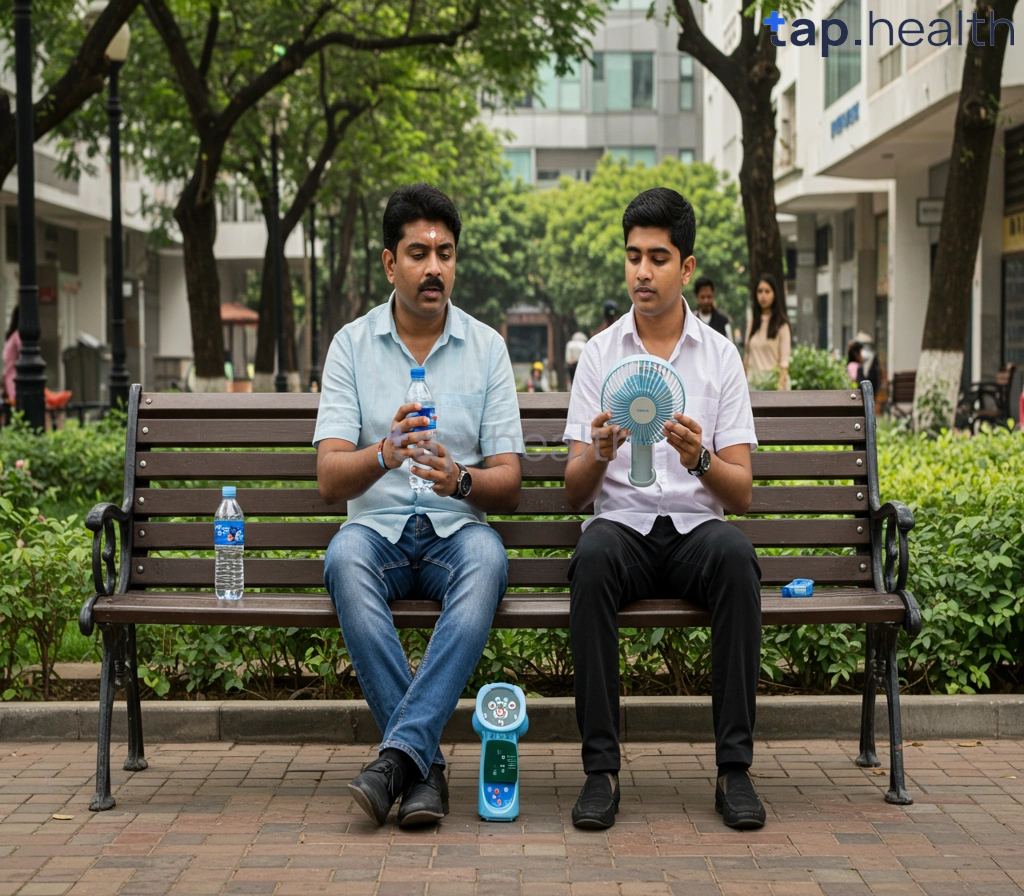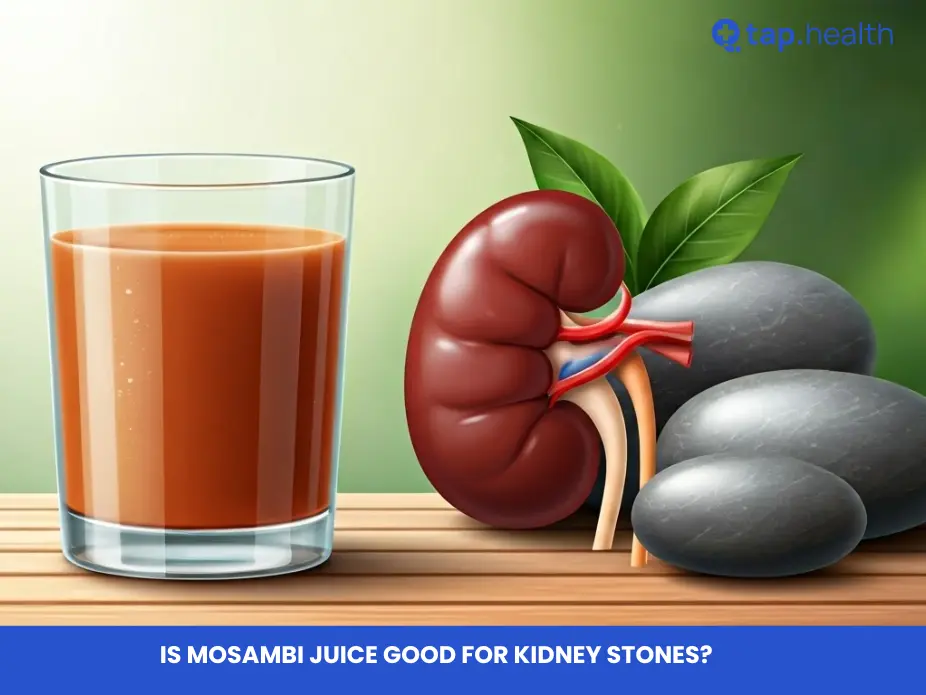Table of Contents
- Diabetes and Heat: A Summer Safety Guide
- Hot Weather Hacks for Managing Your Diabetes
- Staying Cool: Preventing Heatstroke with Diabetes
- Summertime Diabetes: Tips for Safe Sun Exposure
- Beat the Heat: Hydration Strategies for Diabetics
- Frequently Asked Questions
- References
Summer’s here, and with it comes the sweltering heat! For those living with diabetes, high temperatures can present unique challenges. This is why understanding how to Beat the Heat: Staying Safe with Diabetes in Hot Weather is crucial for managing your health and well-being. We’ll explore practical tips and strategies to help you stay cool, comfortable, and in control of your blood sugar levels throughout the summer months. Let’s dive in and learn how to navigate the heat safely and confidently.
Diabetes and Heat: A Summer Safety Guide
Summer’s scorching temperatures pose a significant risk for individuals with diabetes, particularly in hot and humid climates like those prevalent across India and other tropical countries. This is especially crucial considering that a substantial portion of the global diabetes population – 61% of those aged between 20-64 and 39% aged 65+ (Source) – are highly vulnerable during these months. High temperatures can disrupt blood sugar levels, leading to dangerous complications.
Understanding the Risks
Heat can exacerbate existing diabetes complications. Dehydration, a common summer issue, is particularly dangerous for people with diabetes as it can lead to hyperglycemia (high blood sugar) and ketoacidosis, a serious condition. Symptoms to watch for include excessive thirst, dizziness, confusion, and weakness. Ignoring these symptoms can be life-threatening. For older adults with diabetes (the 39% aged 65+), the risks are even greater due to age-related physiological changes. For a deeper understanding of how heat impacts your blood sugar, read our article on How Does Hot Weather Affect Diabetes?.
Staying Safe in the Heat
Staying hydrated is paramount. Drink plenty of water throughout the day, even if you don’t feel thirsty. Avoid sugary drinks as they can spike blood sugar. Regularly monitor your blood sugar levels, especially during the hottest parts of the day. Wear loose, light-colored clothing to stay cool and comfortable. Limit strenuous activity during peak heat hours. If you must be outdoors, do so during cooler times of the day, like early morning or evening. Seek immediate medical attention if you experience any concerning symptoms.
Regional Considerations for India and Tropical Countries
In India and other tropical regions, heat waves are a frequent occurrence. It is crucial to be extra vigilant and take proactive steps to protect yourself from the sun. Consider using a personal cooling fan or staying in air-conditioned spaces for extended periods, especially during the hottest hours. Consult your doctor or a diabetes educator for region-specific advice and personalized strategies to manage your diabetes during the summer months. Remember, proactive planning can save lives. Learn more about the specific effects of heat on diabetics in our article, How Does Heat Affect Diabetics?.
Hot Weather Hacks for Managing Your Diabetes
Summer’s scorching heat presents unique challenges for individuals managing diabetes, especially in Indian and tropical countries. High temperatures can significantly impact blood sugar levels, increasing the risk of complications. Did you know that daily consumption of sugary beverages raises your diabetes risk by 26%? This highlights the importance of mindful hydration and dietary choices during hot weather.
Hydration is Key
Staying adequately hydrated is crucial. Dehydration can lead to increased blood glucose levels, making you feel even more unwell in the heat. Carry a water bottle and sip on it regularly throughout the day. Consider electrolyte drinks to replenish lost salts, particularly after strenuous activity. Avoid sugary drinks; remember, the link between sugary drinks and increased diabetes risk is well-established. In hot and humid climates like India, proactive hydration is paramount.
Adjust Your Diet
Heat often reduces appetite, but it’s important to maintain a balanced diet. Focus on light, easily digestible meals throughout the day. Choose fresh fruits and vegetables, and minimize fried or processed foods. These dietary adjustments will help manage blood sugar levels and provide your body with the necessary nutrients during hot weather. Remember, controlling your diet is essential, especially given the increased risk associated with sugary drinks. For more tips on effective diabetes management, check out this helpful guide: 10 Proven Tips to Effectively Manage Diabetes | Simple Guide.
Monitor Your Blood Sugar
Regular blood sugar monitoring is vital, especially during heatwaves. Increased sweating can lead to fluctuations in glucose levels. Consult your doctor or diabetes educator for personalized advice on how often to check your blood sugar and what actions to take based on the readings. This proactive approach is critical for managing your diabetes effectively in hot weather.
Seek Shade and Cool Down
Limit outdoor activities during the hottest parts of the day, especially between 12 pm and 4 pm. Seek shade whenever possible and stay in air-conditioned environments when necessary. Listen to your body and take breaks to avoid overheating. These simple steps can go a long way in preventing blood sugar complications.
Consult Your Doctor
Consult your physician about adjusting your medication or treatment plan during the summer months. They can provide region-specific advice tailored to the climate of India and other tropical countries. Don’t hesitate to seek professional guidance for managing your diabetes effectively during the hot season. Learning more about effective diabetes management strategies can be incredibly beneficial; consider reading 10 Proven Tips for Effective Diabetes Management.
Staying Cool: Preventing Heatstroke with Diabetes
Understanding the Risks
High temperatures pose a significant threat to individuals with diabetes, particularly in hot and humid climates prevalent across India and other tropical countries. Dehydration, a common consequence of heat exposure, can disrupt blood sugar levels, leading to dangerous highs or lows. This risk is further amplified for smokers with diabetes, as research shows they face a doubled mortality rate due to cardiovascular complications exacerbated by heat stress. Managing diabetes effectively during hot weather is crucial for preventing severe health issues.
Practical Steps for Staying Safe
Staying hydrated is paramount. Carry a water bottle and sip regularly throughout the day, even if you don’t feel thirsty. Consume electrolyte drinks to replenish salts lost through sweat. Avoid excessive sun exposure during peak hours, opting for shaded areas or air-conditioned environments. Light, loose-fitting clothing made of breathable fabrics like cotton is recommended. Regularly monitor blood sugar levels and adjust medication as advised by your doctor. Consider carrying a cooling towel or using a fan for added comfort.
Regional Considerations
In tropical regions, heatstroke can quickly become life-threatening. Awareness of the heightened risks is essential. Consult your doctor about adjusting your diabetes management plan for the hotter months. Seek immediate medical attention if you experience symptoms like dizziness, nausea, rapid heartbeat, or confusion. Staying vigilant and proactive is key to preventing heat-related complications in the Indian subcontinent and similar climates. For those planning travel during warmer months, Traveling with Diabetes: Essential Tips for a Safe & Healthy Journey offers valuable insights into managing your condition on the go.
Protect Yourself This Summer
Take proactive steps to beat the heat this summer, and prioritize your health and well-being. Remember, consistent hydration and careful monitoring of your blood sugar levels are your best defenses. Consult your healthcare provider for personalized advice. By proactively managing your diabetes, you can significantly reduce your risk of long-term complications. For more information on preventative measures, read How to Prevent Long-Term Complications of Diabetes: Easy Tips.
Summertime Diabetes: Tips for Safe Sun Exposure
Understanding the Risks
Summer’s intense heat poses unique challenges for individuals with diabetes, especially in tropical and Indian climates. High temperatures can affect blood sugar levels, making you more susceptible to heatstroke and other complications. For example, dehydration, a common summer problem, can significantly impact glucose control. According to the CDC, approximately 35 per 10,000 U.S. youths have diagnosed diabetes, highlighting the prevalence of this condition, even amongst younger populations. This emphasizes the importance of taking proactive steps during hot weather. Remember, managing diabetes effectively in these conditions requires careful planning and attention to detail.
Staying Safe in the Sun
Hydration is key. Drink plenty of water throughout the day, even before you feel thirsty. Avoid sugary drinks which can worsen blood sugar fluctuations. Carry a water bottle with you at all times, especially when venturing outdoors. Monitor your blood sugar regularly, paying close attention to any unusual spikes or drops. Adjust your insulin dosage or medication as advised by your doctor, possibly requiring more frequent checks during periods of extreme heat. Wear loose, light-colored clothing to stay cool and protect yourself from the sun’s rays. Seek shade during the hottest parts of the day, especially between 10 am and 4 pm, when the sun is most intense. Use sunscreen with a high SPF to protect your skin from sunburn. It’s also important to remember that managing diabetes can impact other aspects of your health. For example, How to Protect Your Vision with Diabetes: Essential Eye Care Tips can help you understand how to mitigate potential vision problems associated with the condition.
Regional Considerations for India and Tropical Countries
In regions like India and other tropical countries, the extreme heat and humidity can present even greater challenges. The high temperatures and prolonged sun exposure can exacerbate diabetes symptoms. Plan your outdoor activities carefully, avoiding peak sun hours and taking frequent breaks in shaded or air-conditioned areas. Consult your doctor or a diabetes educator for personalized advice tailored to your specific region and climate. Remember, proactive measures are crucial to enjoy the summer safely. Don’t forget that heart health is another crucial area to consider when managing diabetes. Learn more about Protect Your Heart from Diabetes: 5 Essential Steps.
Beat the Heat: Hydration Strategies for Diabetics
Hot summers bring special challenges for people living with diabetes, especially in India and other tropical countries where the heat and humidity are intense. Dehydration not only makes you feel weak but can also worsen diabetes-related complications. Since over 80% of people with Type 2 diabetes have insulin resistance, their bodies already face added stress, making proper hydration even more critical.
Staying Hydrated: Practical Tips for Indian Climates
The secret to hydration is consistency, not quantity at once. Instead of gulping down large amounts of water occasionally, take frequent small sips throughout the day. Here are some practical strategies:
-
Always carry water: Keep a bottle handy and sip regularly, especially when outdoors.
-
Replenish electrolytes: If you sweat a lot, mild electrolyte drinks may help—but avoid those high in sugar.
-
Better drink choices: Stick to plain water, unsweetened herbal teas, or diluted fresh juices.
-
Natural electrolyte boost: A small pinch of salt in water after heavy activity can help replace lost minerals.
-
Avoid sugary drinks: Sodas, sweetened juices, and energy drinks can spike blood sugar and worsen dehydration.
Recognizing Dehydration Symptoms
Knowing the warning signs can save you from serious health risks. Watch for:
-
Dry mouth or excessive thirst
-
Headaches
-
Dizziness or lightheadedness
-
Fatigue or weakness
-
Confusion in severe cases
If you experience these symptoms, seek medical help immediately. For people with diabetes, dehydration can quickly escalate into dangerous complications. Proactive management, as discussed in Managing Diabetes as You Age: Challenges and Solutions, can lower your overall risk.
Regional Considerations
In hot and humid regions like India, sweat loss happens more rapidly, so your fluid needs may be higher than usual. Listen to your body’s signals, and adjust your intake based on activity level, temperature, and humidity.
For best results:
-
Tailor hydration to your climate and lifestyle.
-
Consult your doctor or a diabetes educator for advice specific to your health condition.
-
Combine hydration strategies with a balanced diet, as outlined in Diet Chart for Diabetic Patients to Control Diabetes, for complete wellness.
Final Takeaway
Hydration isn’t just about quenching thirst—it’s a lifeline for managing diabetes safely in extreme heat. By sipping fluids regularly, making smart drink choices, and paying attention to warning signs, you can protect yourself from heat-related risks and stay healthy all summer long.
Frequently Asked Questions
Q1. How does hot weather affect people with diabetes?
Hot weather can disrupt blood sugar levels, leading to dehydration, hyperglycemia (high blood sugar), and even ketoacidosis (a serious complication). Older adults with diabetes are at a higher risk.
Q2. What are the best ways to stay safe during hot weather if I have diabetes?
Stay well-hydrated by drinking plenty of water (avoid sugary drinks), monitor your blood sugar regularly, wear loose, light clothing, limit strenuous activity during the hottest parts of the day, and seek immediate medical attention if you feel dizzy or confused.
Q3. What steps can I take in a tropical climate like India to manage my diabetes during summer?
In hot climates, utilize fans or air conditioning to stay cool. It’s also crucial to consult your doctor for personalized advice on medication adjustments and region-specific strategies.
Q4. Why am I at increased risk during hot weather with diabetes?
High temperatures can make it harder for your body to regulate blood sugar. This is especially true for older adults with diabetes because of age-related changes in their bodies.
Q5. When should I seek immediate medical attention?
Seek immediate medical attention if you experience symptoms such as dizziness, confusion, or any other concerning changes in your health. Regular monitoring and proactive hydration are key to preventing heat-related complications.
References
- A Practical Guide to Integrated Type 2 Diabetes Care: https://www.hse.ie/eng/services/list/2/primarycare/east-coast-diabetes-service/management-of-type-2-diabetes/diabetes-and-pregnancy/icgp-guide-to-integrated-type-2.pdf
- Children with Diabetes : A resourse guide for families and school. : https://www.health.ny.gov/publications/0944.pdf



